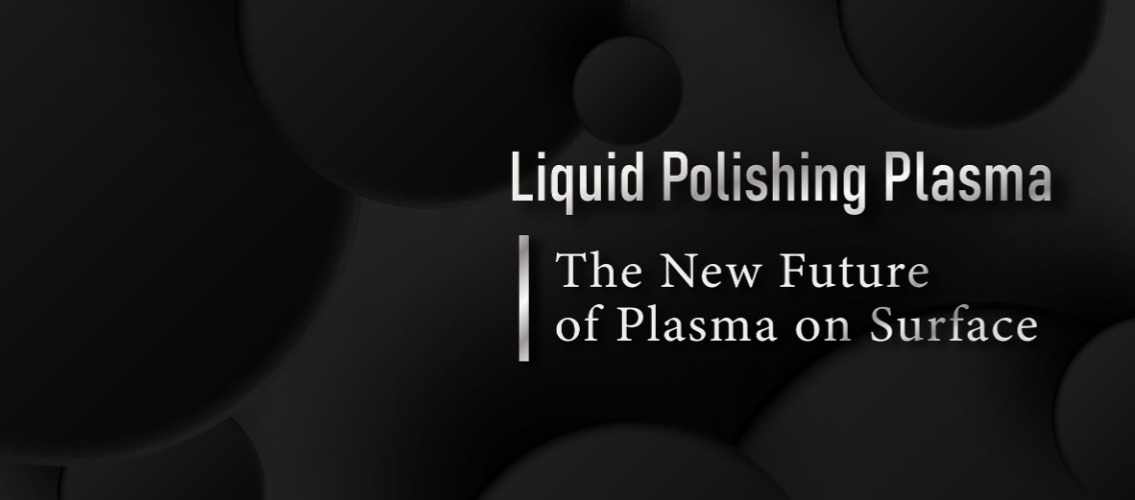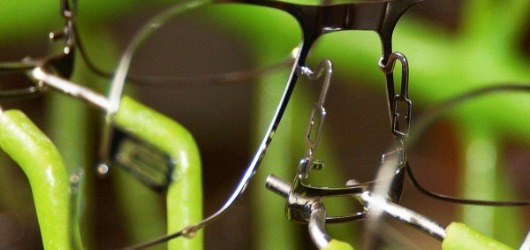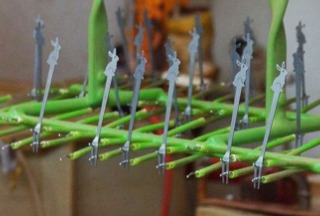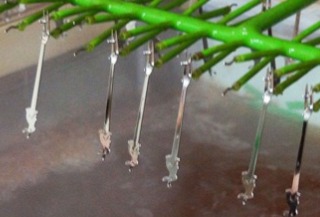
Technology Overview

Liquid Polishing Plasma, also known as plasma polishing, is designed based on electrochemical principles and chemical reaction principles. It leverages electrolyte components, concentrations and temperatures of electrolyte aqueous solutions, voltage, and current density to study the correlation with surface characteristics such as surface roughness, gloss, and reflectivity of the work surface, thereby developing a new type of polishing technology best suited for operation.
The workpiece to be polished is immersed in a heated electrolyte aqueous solution, and a positive voltage is applied to it. This electrolyte solution is harmless, low-cost, and of low concentration. The voltage applied is direct current voltage, and the workpiece can be made of stainless steel or titanium.
Under appropriate working conditions, a stable vapor gas layer will appear on the surface of the workpiece. This gas layer will separate the workpiece from the medium, and intense plasma chemistry and electrochemical reactions will occur between the vapor and the medium, causing anodic oxidation on the surface of the workpiece. At the same time, it makes the anodic oxide layer subject to chemical corrosion. When the oxidation speed and corrosion speed are equal, a polishing effect appears.

This polishing technology does not use chemicals that pollute the environment and harm the health of producers. However, it can achieve high quality that is hard to reach by traditional methods. The polishing speed far exceeds that of traditional polishing methods, and the production cost is much lower than traditional polishing costs.
Comparison of Common Polishing Methods
| Comparison | Chemical Polishing |
Electrolytic Polishing |
Liquid Polishing |
Mechanical Polishing |
|---|---|---|---|---|
| Toxicity of Polishing Fluid | High | High | N/A | N/A |
| Aging of Polishing Fluid | Difficult to Regenerate | Difficult to Regenerate | Regular Refills | N/A |
| Waste Fluid Pollution | Severe | Severe | N/A | N/A |
| Waste Fluid Treatment | Difficult | Difficult | Very Easy | Easy |
| Pre-Polishing Treatment | Complex | Complex | Simple | N/A |
| Post-Polishing Treatment | Generates Harmful Substances | Generates Harmful Substances | No Harmful Substances | Ultrasonic Cleaning |
| Leveling Effect | Poor | Good | Very Good | Excellent |
| Brightness Effect | Good | Good | Excellent | Excellent |
| On Complex Parts | Possible | Possible | Very Easy | Difficult |
| Operation | Difficult | Difficult | Very Easy | Very Easy |
| Polishing Speed | Slow | Very Fast | Fast | Slow |
Utilizing Photos

1. Hang the workpiece on the universal hanger.

2. Start the machine and work.

3. Simple Rinse, No Harmful Substances.
